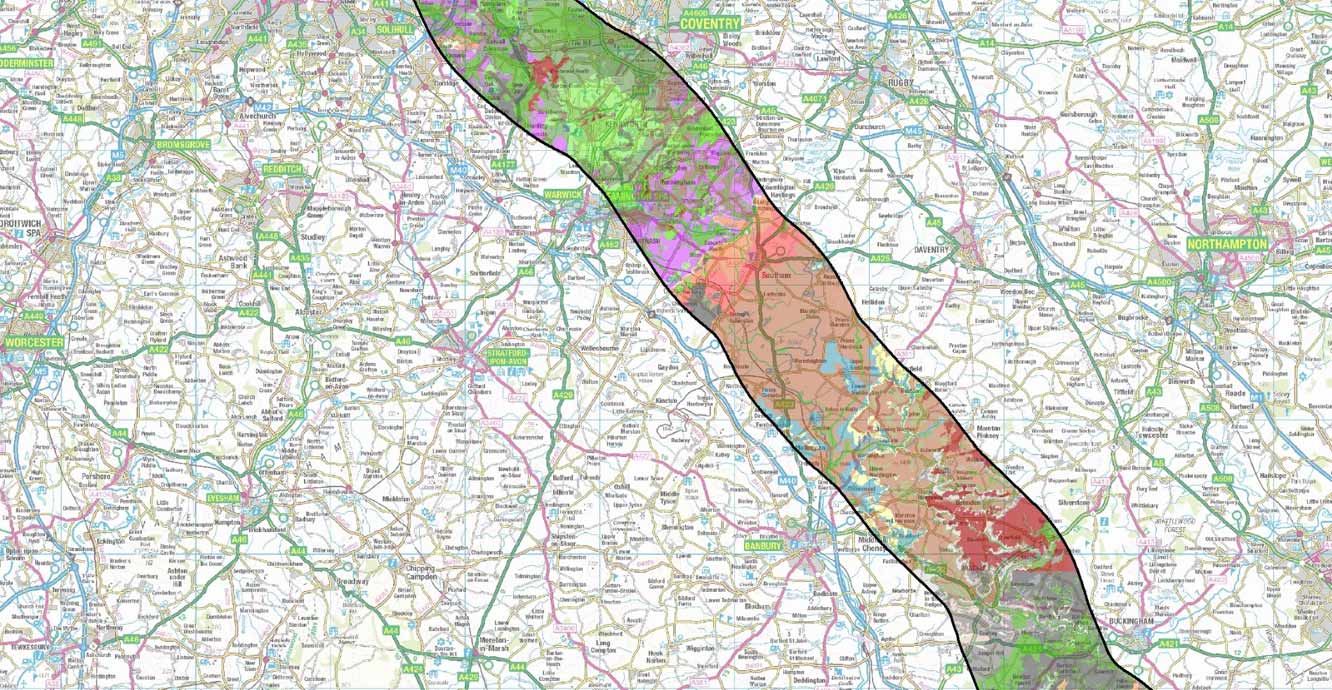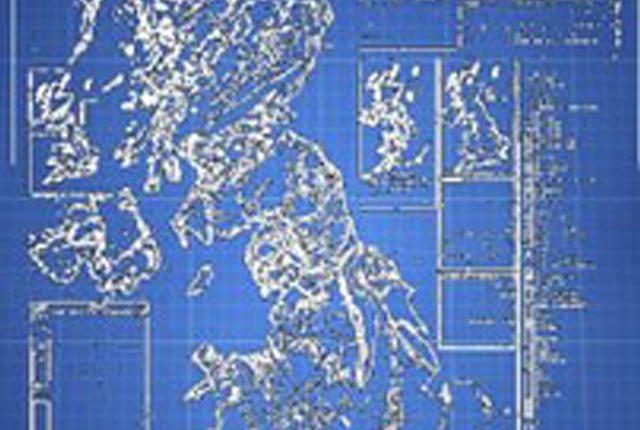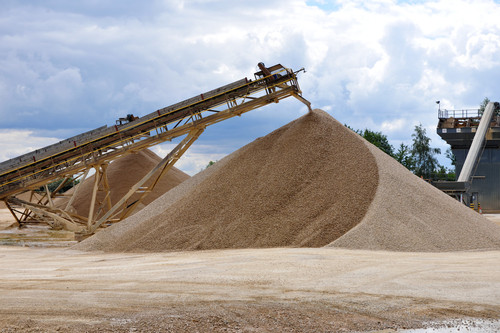The properties and resources team publishes a broad range of geological data and information for all stakeholders. Our portfolio includes all digital mapping relating to the description of the main lithological, geochemical and geophysical characteristics of UK geology, as well as covering aspects of engineering behaviour and resource potential.
Our product development centres on updating the extensive, supporting databases relating to geotechnical, geochemical and geophysical properties of rocks and soils. This includes looking at novel spatial modelling techniques, as well as the development of work flows to improve data ingestion and publishing.
Product development is focused on meeting the needs of stakeholders. We do this by working collaboratively with users across industry, government and academia to develop answers to their specific problems. Examples of these can be seen in our case studies pages for the utilities sector.
The team are also working to upgrade our systems and methods, to enable more data to be gathered from a wider number of sources, collated with more automation and released in a wider range of outputs.
Case studies
The team has worked with numerous clients in the utilities and transport sectors to assess the impact of geological environment on buried or on-surface infrastructure assets. Much of the research has focused on determining if assets are being unduly compromised by their environment or are in need of specific maintenance to mitigate local environmental conditions. Many of the projects also included an assessment of likely changes arising from climate variability.
All geological materials change through time. Units that are youngest, or closest to the ground surface, are subject to constant changes in moisture, stability (subsidence; heave; weathering; erosion) and solar gain. These factors are compounded by the fact that the assets themselves may influence their environment by introducing changes to local drainage, heat-profiles, stray currents and ground stability (loading; voids).
These studies have used a range of geostatistical methods to model spatio-temporal correlations and uncertainty.
Systems and methods
The properties and resources team use a wide range of GIS systems (e.g. ESRI; QGIS; MapInfo) and bespoke tools (including R and in-house Python scripting) to build and maintain the main products. We have a small number of additional projects that consider novel techniques for spatial analysis to either develop new mapping outputs or assess spatial correlation of geological features with other datasets.
Find out more about our research
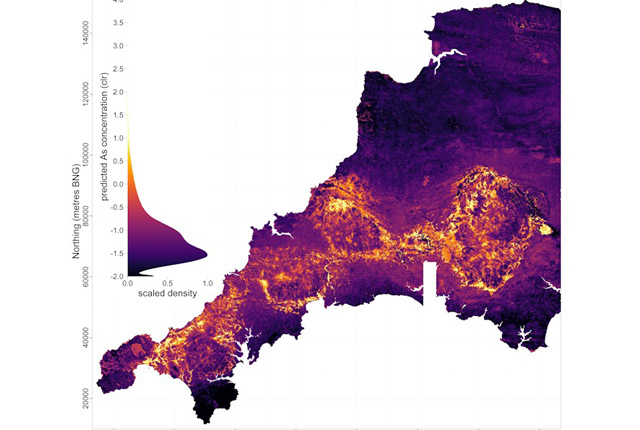
Mapping with machine learning
Recently there has been a trend towards the collection of ever-more quantitative data, as exemplified by the Tellus projects.
Our projects
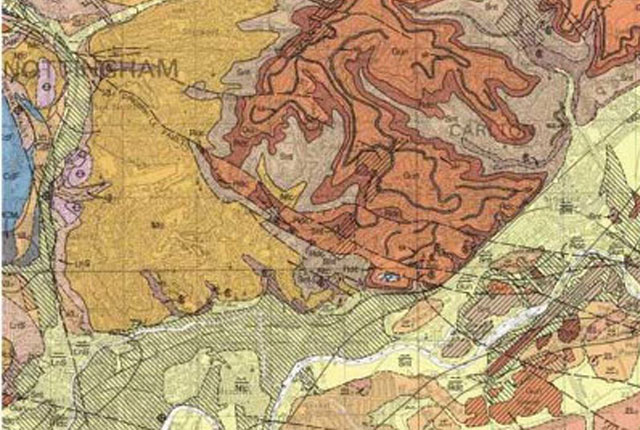
BGS Geology
The BGS Geology datasets are digital geological maps of Great Britain based on the different series of published BGS geological maps.
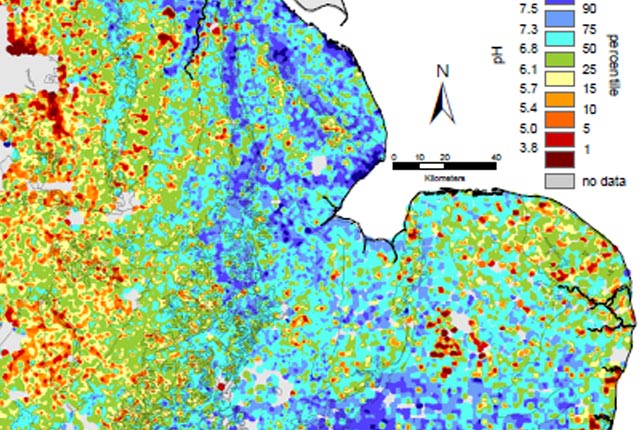
G-BASE: regional geochemistry
Systematic geochemical sampling and analysis of rural stream sediment, stream water and soil samples was carried out across the UK by the BGS and GSNI.
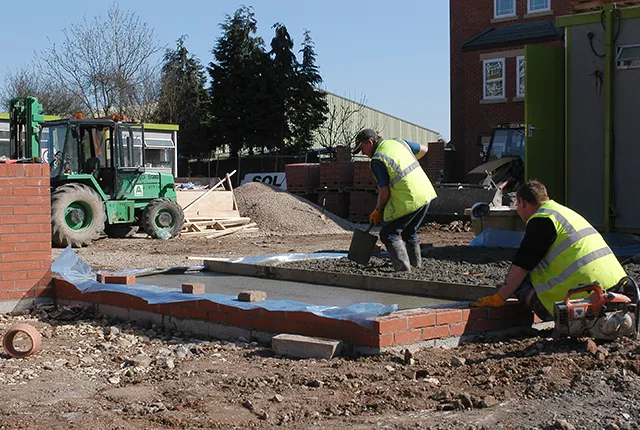
BGS Civils
National maps of engineering properties based on geological data and BGS Geology 50K.
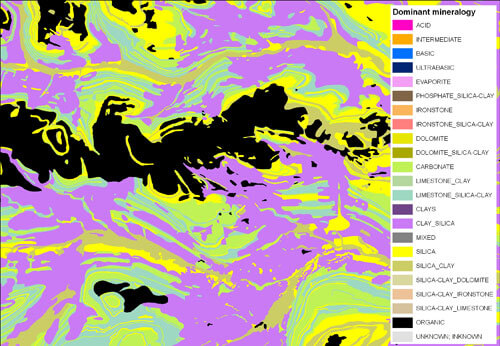
Soil Parent Material Model
The Soil Parent Material Model details the distribution of properties of the weathered and unweathered soil parent materials of Great Britain.
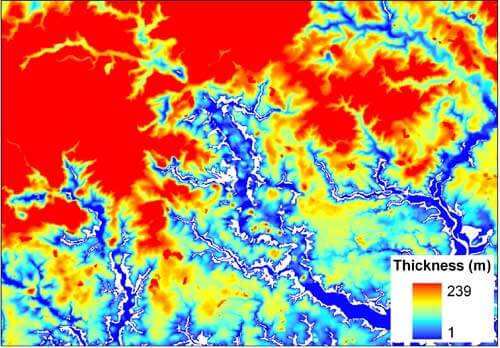
Superficial thickness model
The superficial thickness model shows the depth of the bedrock surface below unconsolidated deposits
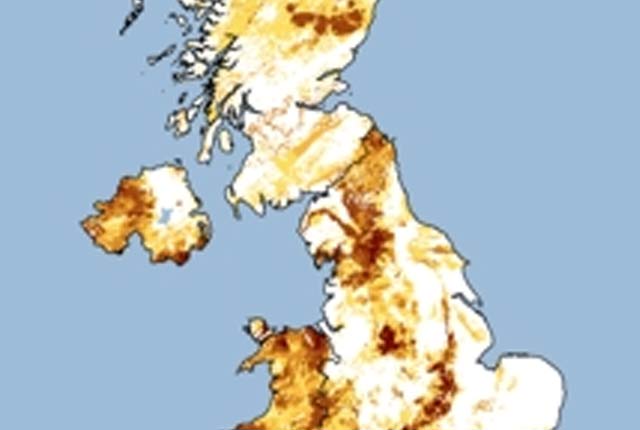
Indicative atlas of radon in Great Britain WMS
Public Health England and the BGS have published a map showing where high levels of radon are more likely, which is provided as a web map service (WMS).
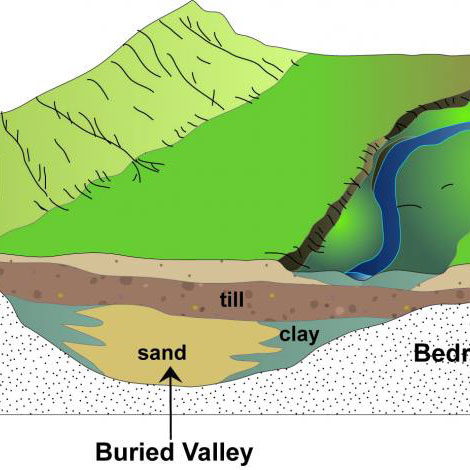
Buried valleys
Buried valleys are ancient river or subglacial (beneath a glacier) drainage networks that are now abandoned and have become either partly or completely buried by more recent sediment.
Case studies
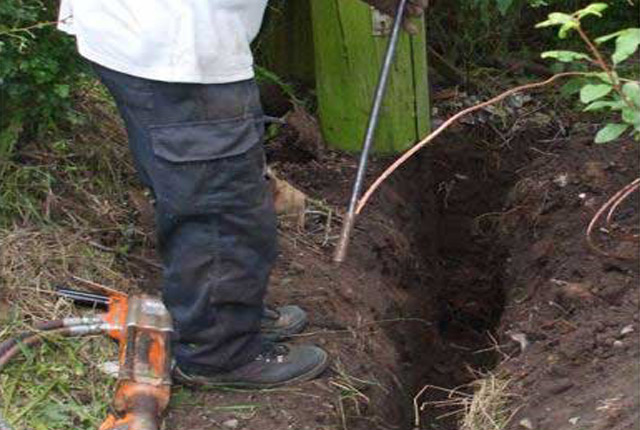
Power networks
BGS worked with National Grid to undertake a screening exercise to identify potential geological and flooding hazards that might impact their network.
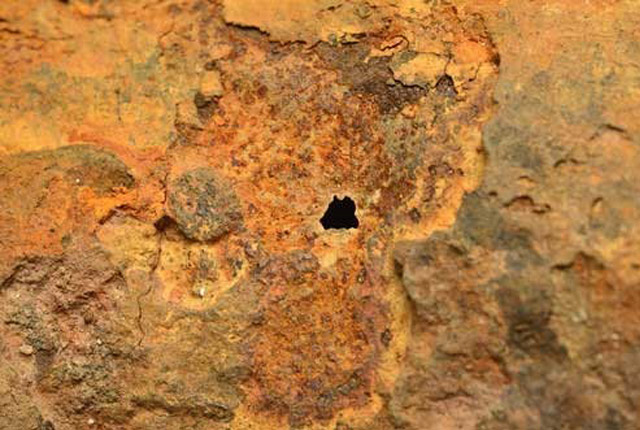
Water networks
Water companies manage extensive networks of pipes for water supply and sewerage and over time, these pipes can fail, resulting in leakage to the surrounding soils.
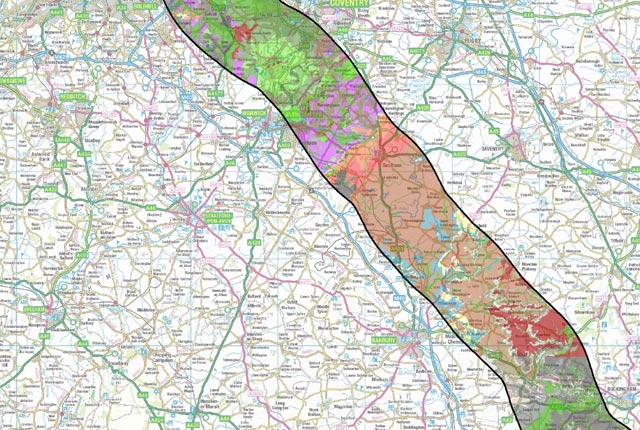
Transport networks
Major transport projects create and utilise excavated materials to create underpinning infrastructure (in the form of tunnels, cuttings and embankments).
Related news
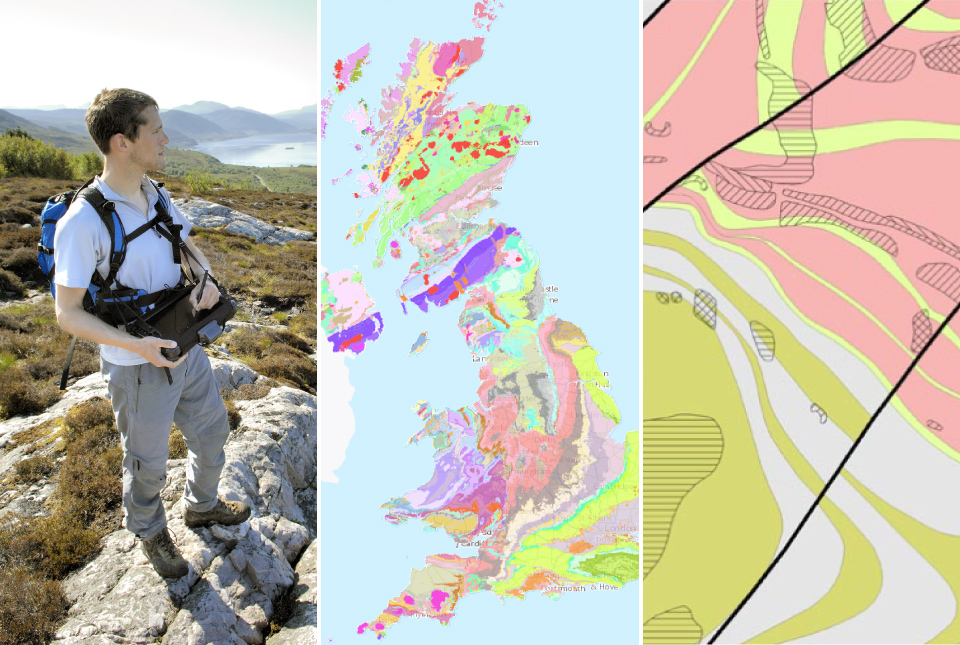
BGS digital geology maps: we want your feedback
29/05/2025
BGS is asking for user feedback on its digital geological map datasets to improve data content and delivery.
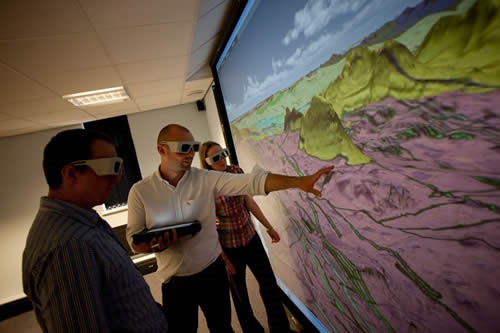
Celebrating 20 years of virtual reality innovation at BGS
08/04/2025
Twenty years after its installation, BGS Visualisation Systems lead Bruce Napier reflects on our cutting-edge virtual reality suite and looks forward to new possibilities.
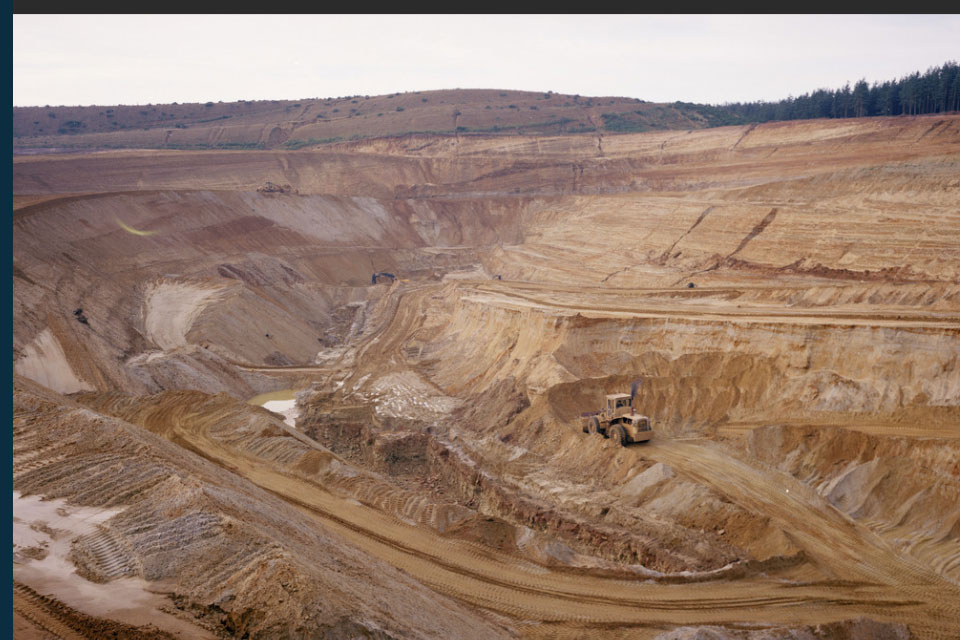
New data reveals latest mineral workings around Great Britain and Northern Ireland
01/04/2025
The newest release of BGS BritPits provides information on an additional 6500 surface and underground mineral workings.
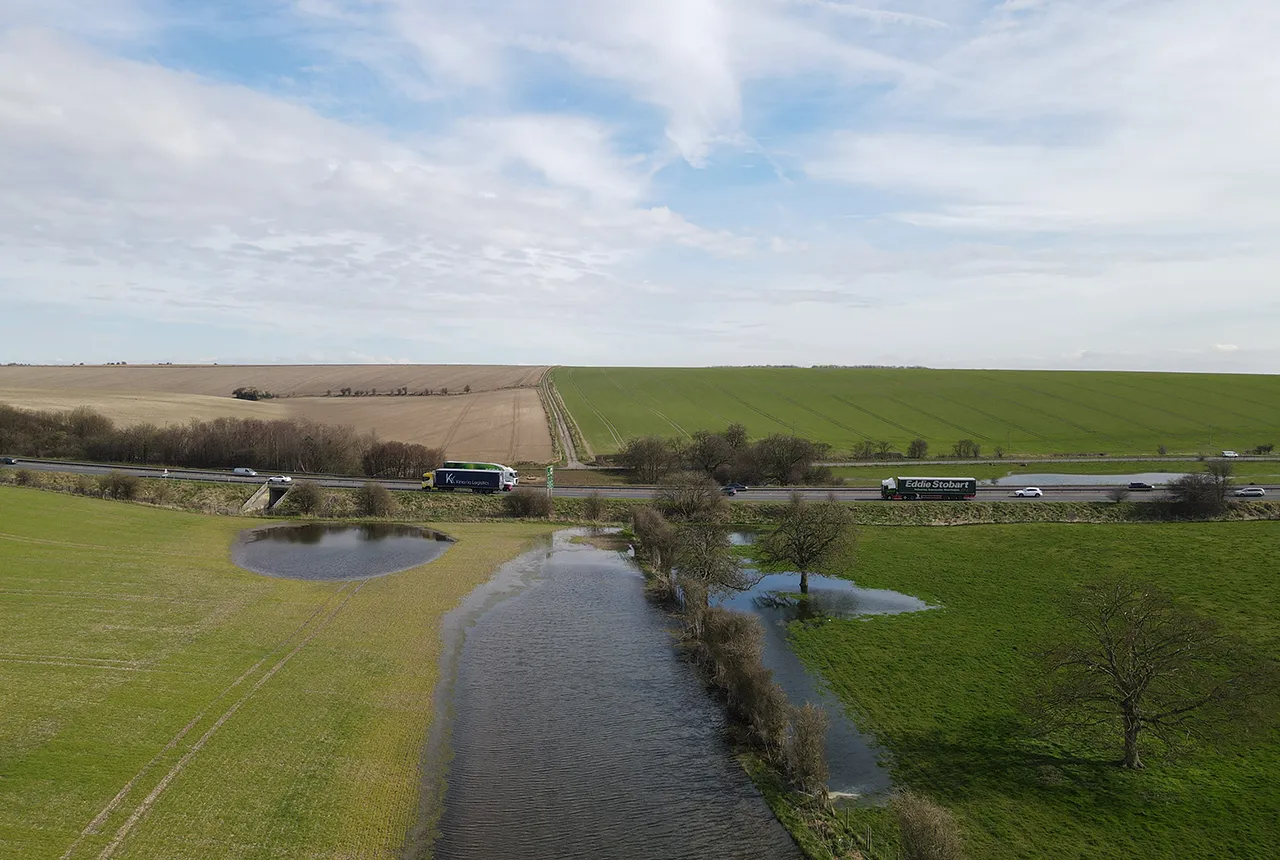
Pioneering tool expanding to analyse agricultural pollution and support water-quality interventions
06/02/2025
An online tool that shows which roads are most likely to cause river pollution is being expanded to incorporate methods to assess pollution from agricultural areas.
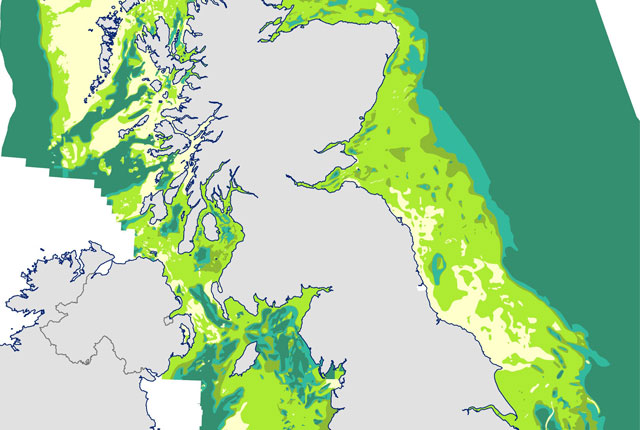
Seabed geology data: results from stakeholder consultation
31/01/2025
BGS collected valuable stakeholder feedback as part of a new Crown Estate-led initiative to improve understanding of national-scale seabed geology requirements.
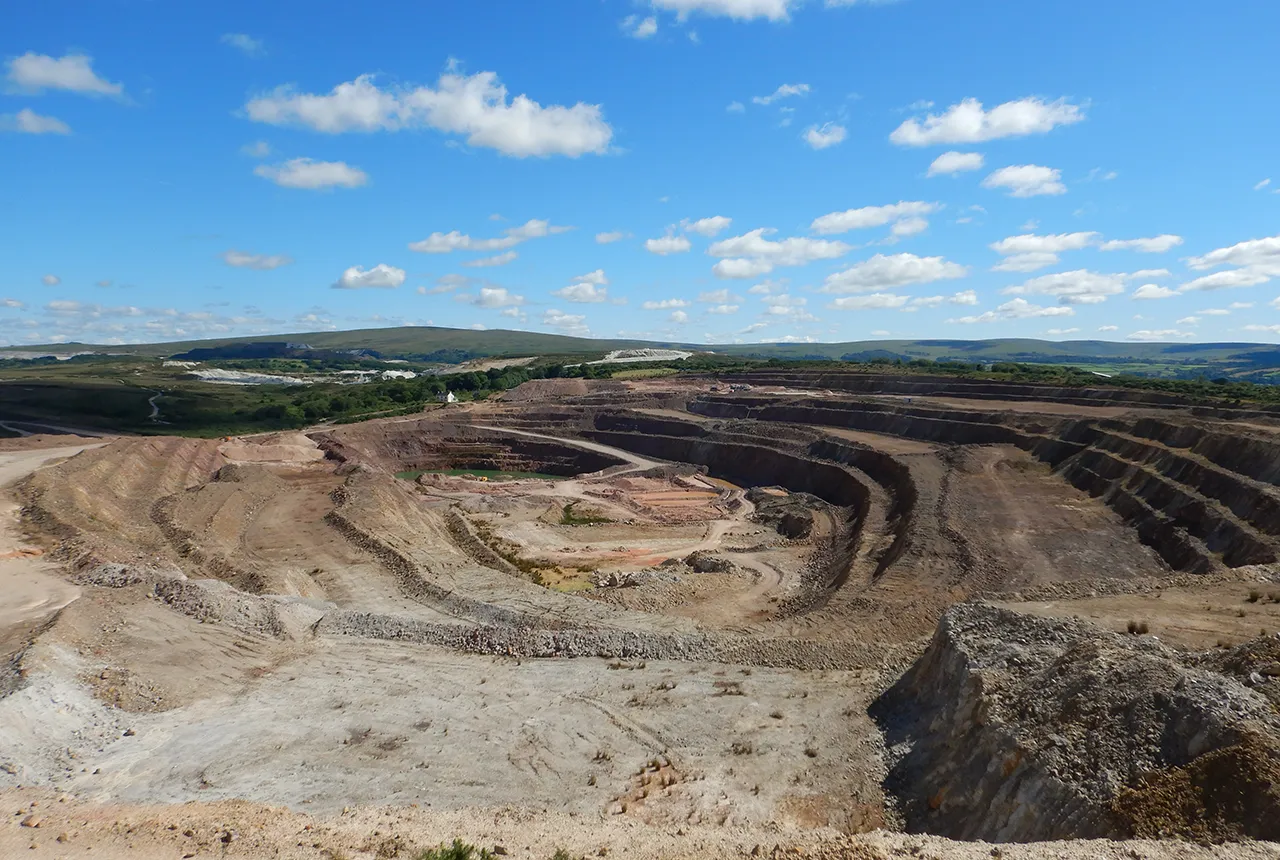
BGS makes significant advance in mineral data accessibility
10/12/2024
A new public application programming interface for the BGS World Mineral Statistics Database will revolutionise how users interact with critical data.
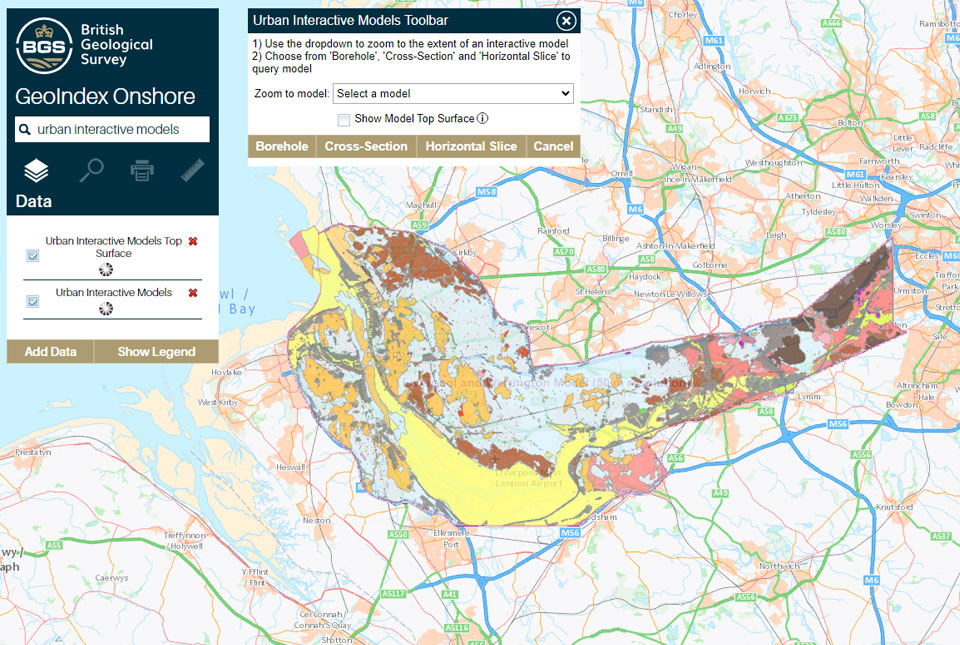
What lies beneath Liverpool?
11/10/2024
The geological secrets lying under the surface of Liverpool and Warrington have been unveiled for the first time in BGS’s 3D interactive tool.
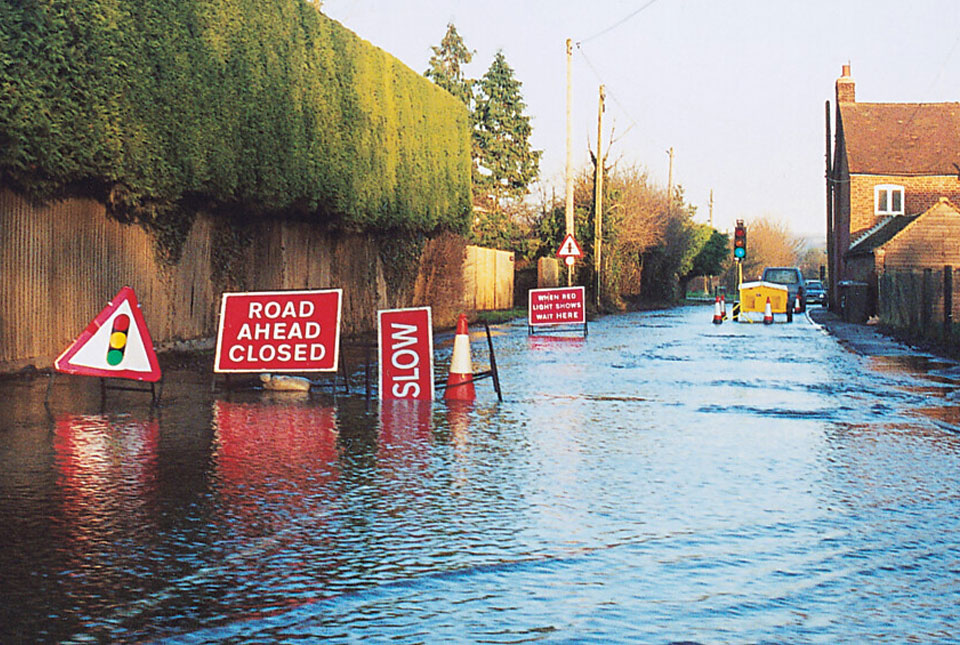
BGS Groundwater Flooding Susceptibility: helping mitigate one of the UK’s most costly hazards
25/09/2024
Groundwater flooding accounts for an estimated £530 million in damages per year; geoscientific data can help to minimise its impact.

National Hydrocarbons Data Archive files now accessible through the National Data Repository
15/07/2024
Offshore well and survey information held within BGS’s archive have now been transferred to the North Sea Transition Authority’s National Data Repository to enable greater access.
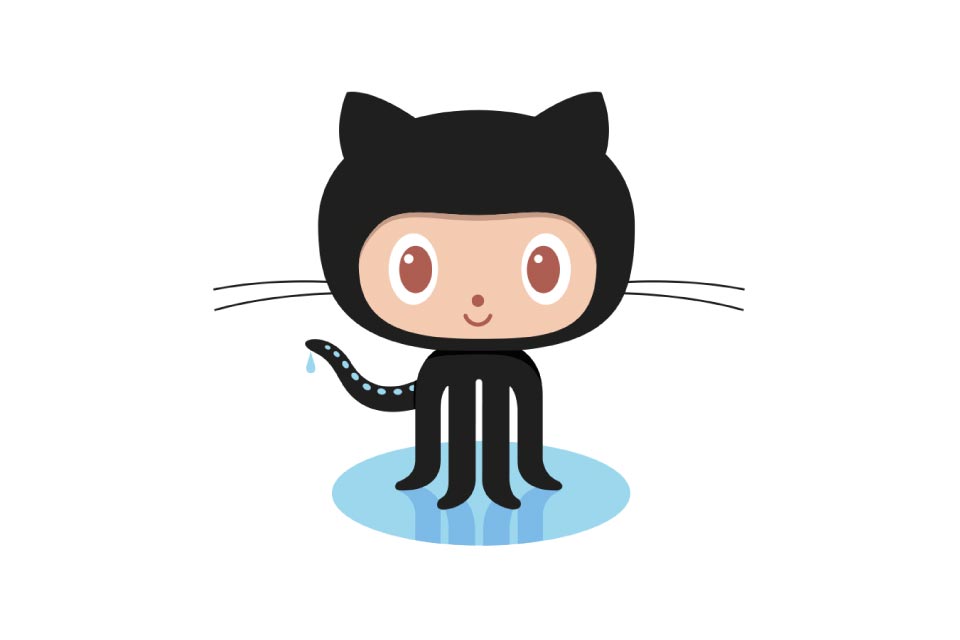
Update released for BGS open-source database software, ETL Helper
09/07/2024
The software tool helps simplify the process of data transfer into and out of databases.
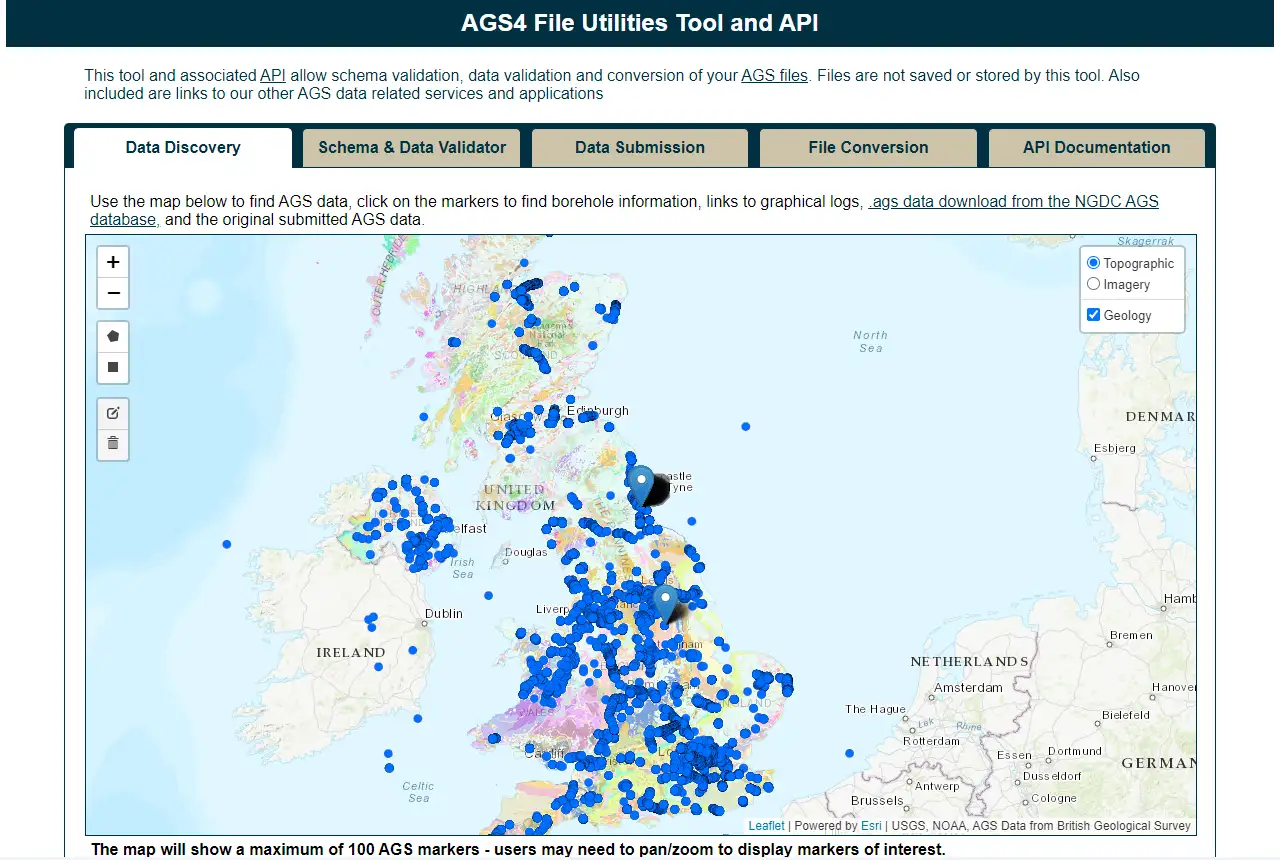
Update to BGS’s AGS file utilities tool released
19/06/2024
BGS has released significant updates to its online tool for validating geotechnical data held as AGS files. The update includes improvements to the tool’s user interface and the ability to convert AGS data into MS Excel files.
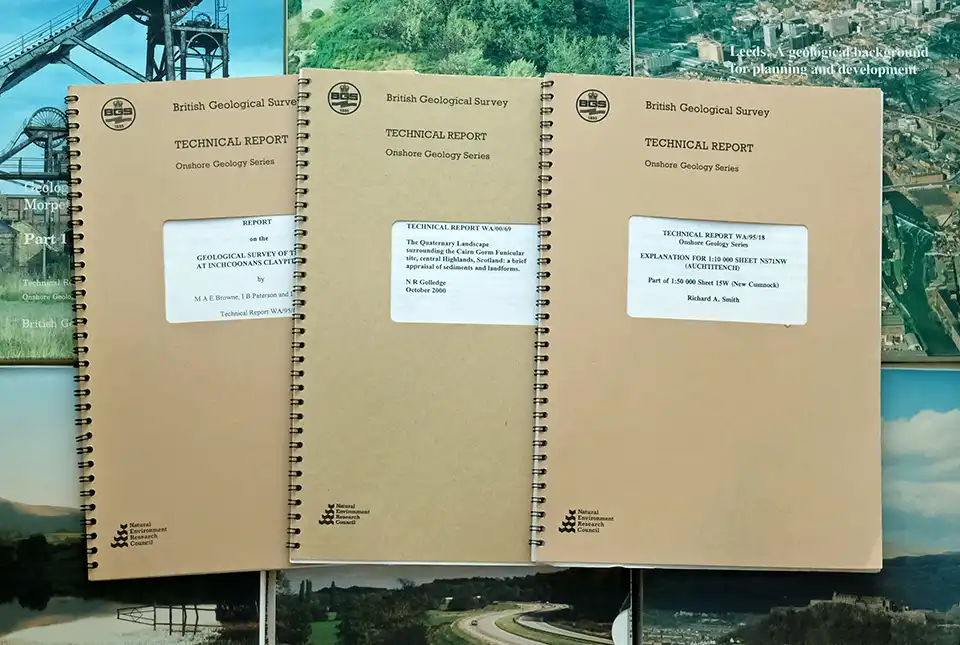
BGS’s National Geoscience Data Centre releases over 8000 technical reports
05/06/2024
The technical reports, covering the full spectrum of BGS activities and subjects, were produced between 1950 and 2000.
You may also be interested in
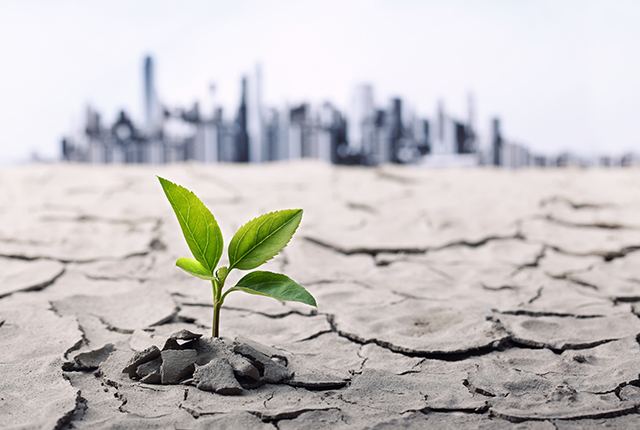
Hazard and resilience modelling
Developing new and innovative data products that deliver geoscientific information to a range of users in an accessible form.


